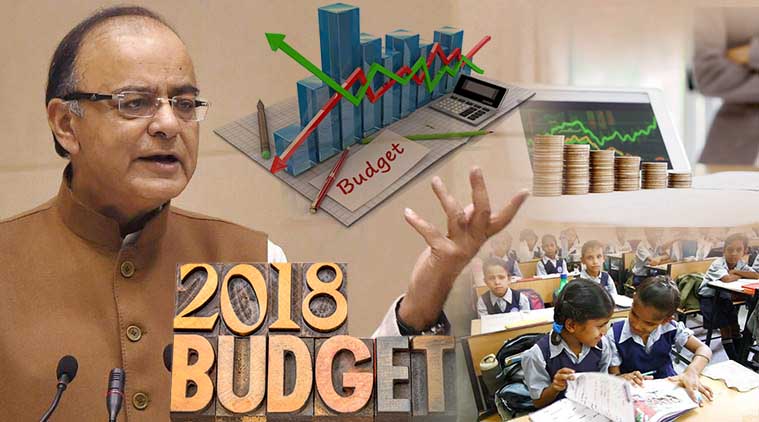New Delhi: Will the middle class get some relief in income tax? Should the farmers expect incentives? What about the jobs? Will train travel cost less? These are some of the questions that every Indian will have in their mind when they switch on the TV sets on Thursday to watch Finance Minister Arun Jaitley presenting the fifth and final Budget of the NDA government. This is arguably going to be Jaitley toughest Budget as he seeks to address agriculture distress, create jobs and boost growth while at the same time stick to fiscal prudence. In view of the upcoming assembly elections in eight states and general elections next year, the Budget may see new rural schemes and stepping up of funding towards existing programs like MNREGA, rural housing, irrigation projects and crop insurance. And with the recent elections in Gujarat indicating erosion of BJP’s rural vote base, the finance minister may also unveil incentives for the farm sector. This is the first Budget post GST rollout. And small businesses, which have traditionally formed the core support base of the BJP, may get some sops to ease pain caused to them due to chaotic rollout of the GST and demonetization. There is also an expectation that common man may get some relief in income tax by way of a raise in the exemption limit. Also on Jaitley’s menu may be upping spending on infrastructure projects like highways and modernization of railways to boost economic growth that is at a four-year low. But he has to do all this while sticking to the road map of narrowing one of Asia’s largest budget deficits, as failing which, India may fall on the wrong side of global investors and credit rating agencies which had late last year handed out a rare sovereign upgrade. The target Jaitley had previously set out was to lower the fiscal deficit to 3.2 per cent of the GDP in the current fiscal and to 3 per cent in 2018-19, the Budget for which he would present in the Lok Sabha tomorrow. Prime Minister Narendra Modi seemed to have already lowered expectations of mass voter swaying announcements when he indicated that the Budget may not be resort to populism and that it was a myth that common man wants sop. There are talks that tax break on capital gains from stock investments may go and it remains to be seen if Jaitley will finally show some movement on his 2015 promise to lower corporate tax rate to 25 per cent from 30 per cent over four years. He has to maneuver all this within limited scope of tinkering with tax rates given that central excise duty, which was levied on goods manufactured in the country, and service tax have both been subsumed in the GST and he no longer has the sole power to fix rates on them. Also constraining him would be the rise in global oil prices, which can stoke inflation as well as widen current account deficit. Some kind of incentives to boost exports of certain sectors may be announced while there may be announcements for start-ups as well as for promoting entrepreneurship. There have been mixed signals on deficit target, with Chief Economic Adviser Arvind Subramanian earlier this week stating that a pause in the fiscal consolidation plan can’t be ruled out while Niti Aayog vice chairman Rajiv Kumar saying the government is likely to stick to the target. In the first eight months of 2017-18, fiscal deficit reached 112 per cent of the target, stoking fears of a fiscal slippage. The shortfall was largely due to reduced dividends from government companies, which the government looks to bridge through stake sale in state-owned firms like HPCL. Scrapping the colonial-era tradition of presenting the Budget at the end of February, Jaitley had for the first time presented the annual accounts on February 1 last year. The Budget presentation was advanced by a month to ensure that proposals take effect from April 1, the beginning of the new financial year. Since Railway Budget has been merged with the General Budget this time, expectations are high in terms of revised fares, new railway tracks, additional trains.
Union Budget 2018-19: Arun Jaitley has tough task to choose between populism, fiscal prudence
- by Rinku
- January 31, 2018 2 minutes

Jaitley











